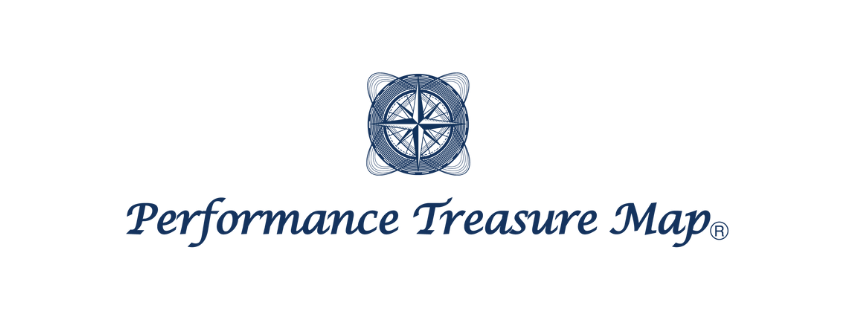I would like to give an overview of the Jumping Ability of Original K-Map (“K-Map”).
Set the “Treasure”
I would like to indicate at the outset what is important in the creation of a K-Map (i.e., a map of beginnings).
K-Map defines performance as “jumping ability,” “sprinting ability,” and “COD (currently under construction)” as basic physical movements.
Also, as a deep dive into the elements, we are creating a map of “squats,” “deadlifts,” and “press systems,” which again would be impossible to miss in the training world.
The K-Map is based on a broad view of fundamental movements and does not take into account the competition characteristics of each discipline.
Of course, it is important to unpack performance with competition specificity, but we first create maps with movements that are common to most people.
This choice was made out of respect for athletes, coaches, and others who are pursuing stronger professionalism.
The Five Main Factors
Having established jumping ability as an arbitrarily defined performance (treasure), I would now like to unpack the factors and elements (clues) for its improvement.
We first categorized the cues to jumping power into five factors.
Physical Characteristics/Functions
Range of Motion
Muscle Function
Neuvous System
Technique
Knowing that these five categorized factors are inherently intertwined with each other and lead to jump-strength improvement, we will first implement a meaningful subdivision.
As a refresher on the common language, below is an explanation of what a “meaningful subdivision” is (from the posted article: How to use PTM).
Meaningful Subdivisions
Physical Characteristics/Funtions
We believe that physical characteristics/functions are inseparable factors when discussing performance.
Body weight (especially muscle mass) has been shown to be related to power, jump height, and speed when jumping, and static alignment and dynamic alignment as a function are also essential conditions for improving jumping ability.
The K-Map clearly and simply shows the relationship from body weight to PFC balance (just one example).
In addition, dynamic alignment is tied to each jump phase, with the elements of the dynamic alignment working backwards from the jump power improvement.
Range of Motion
In K-Map, the factors that determine range of motion are “muscle tendons (including fascia),” “joints and bones,” and “skin”.
In addition, with respect to muscle tendons, “function of muscle tendons in the range of motion” is defined as follows.
Based on this definition, anatomical classifications are made for the muscles and tendons that are primarily related to jumping ability, and the approach to obtaining the necessary range of motion for each is unraveled.
The same applies to joints, bones, and skin.
Muscle Function
K-Map subdivides muscle function into “power”, “proprioception”, “postural stability”, and “muscle endurance”.
Also, in the power of muscle function, its components are shown based on physics (e.g., power is composed of force and velocity).
It then classifies the anatomy of the muscles primarily involved in the triple extension, and unpacks the approaches that can be used to achieve the necessary muscle function in each of them.
In addition, the squat and deadlift, which are included in the muscle function component, are “elemental deep dives” and K-Maps have been created so that those who purchase them can develop them with connections.
Nervous System
K-Map classifies the nervous system into peripheral and central nervous systems and clearly and simply shows their relationship.
In addition, the central nervous system is subdivided into the brain and spinal cord, of which the brain implements two types of development: function-based and structure-based.
This part of the nervous system will be further subdivided and scrutinized in the future.
Technique
As for technique, as indicated at the beginning of this section, we pick up on the basic elements of jumping movements rather than competition specificity.
As with the dynamic alignment of physical characteristics/functions, the elements of each jumping phase are unpacked backward from the improvement of jumping ability.
Last Comment
As the creator of the K-Map, I would be happy if some of you who purchased the K-Map would create maps specific to various competitions based on the “jumping ability” of the K-Map.

We’d love to hear from you and request a seminar on PTM or K-Map!
Please contact us via the contact form.

This post is also available in ja.



